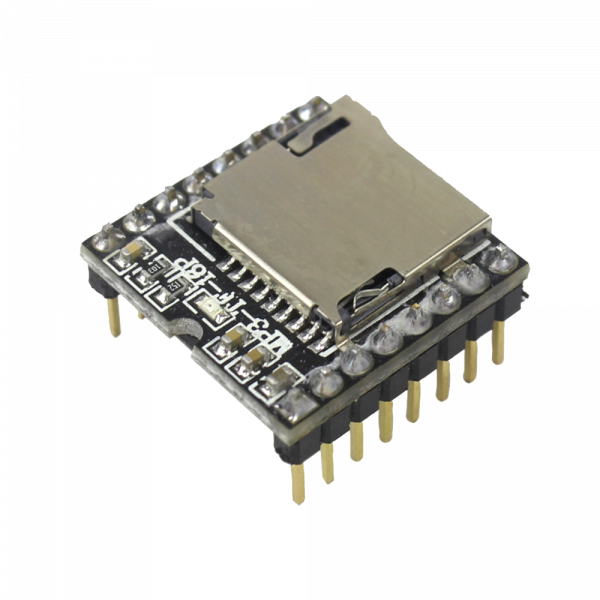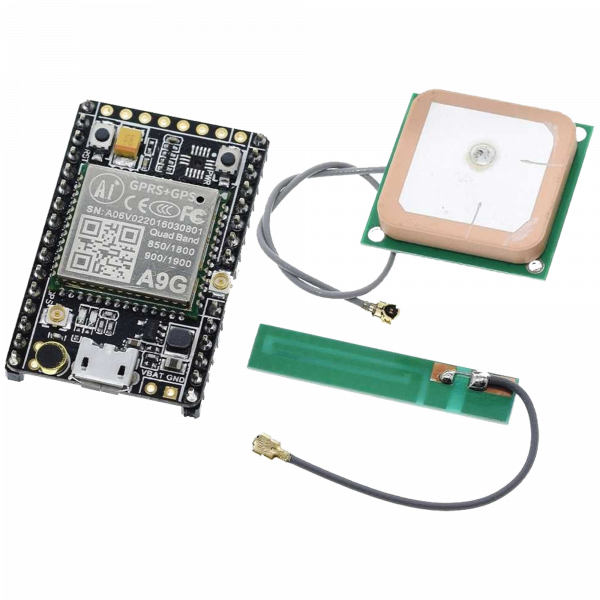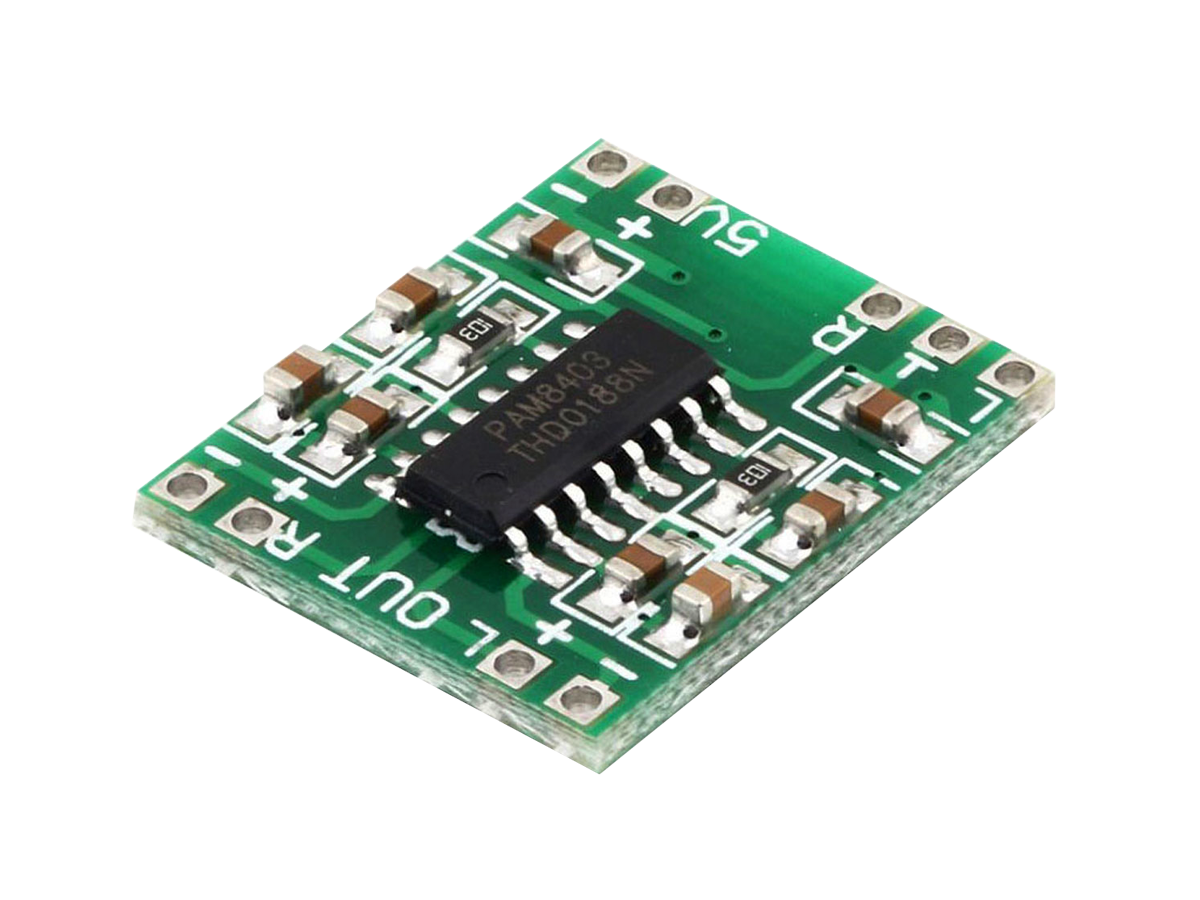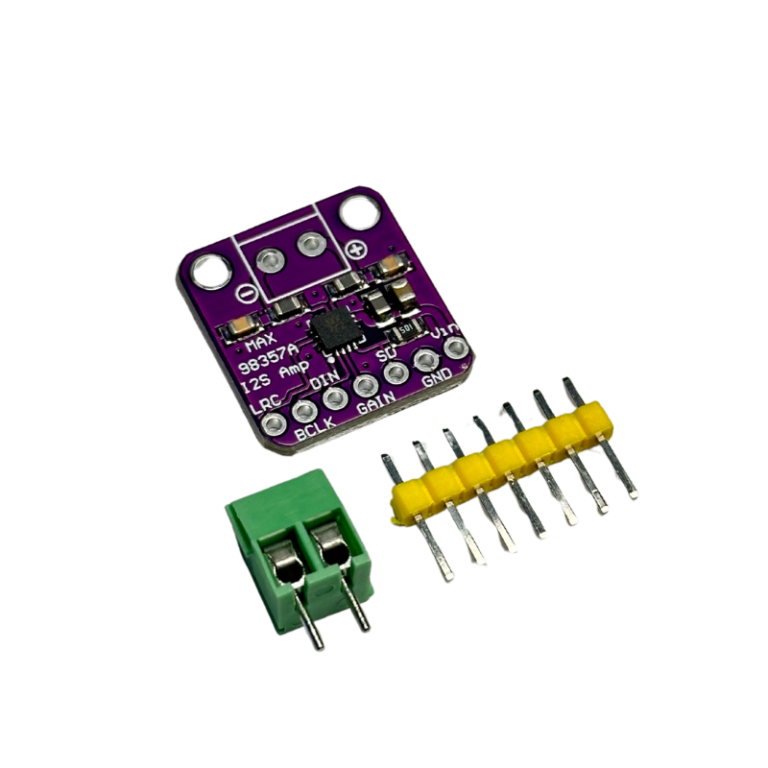Pinouts

Features of Audio Amplifier
- 3W Output at 10% THD with a 4Ω Load and 5V Power Supply
- Filterless, Low Quiescent Current and Low EMI
- Low THD+N
- Superior Low Noise
- Efficiency up to 90%
- Short Circuit Protection
- Thermal Shutdown
- Few External Components to Save the Space and Cost
-
Pb-Free Package
Applications of Audio Amplifier:
- LCD Monitors / TV Projectors
- Notebook Computers
- Portable Speakers
- Portable DVD Players, Game Machines
- Cellular Phones/Speaker Phones
Specifications of this Audio Amplifier:
| Operating Voltage (VDC) | 2.5 ~ 5.5 |
| Max Gain | 24 dB. |
| Current Handling Capacity (A) | 0.08 |
| Efficiency | 87 %. |
| Amplifier IC | PAM 8403. |
| Load | Can direct drive 4 or 8 ohm small speakers. |
| Dimensions in mm (LxWxH) | 21 x 18 x 3 |
| Weight (gm) | 5 |
| S/N Ratio (dB) | 80 |
| Power supply Rejection ratio | -58 dB. |
| Shipment Weight | 0.01 kg |
| Shipment Dimensions | 3 × 2 × 1 cm |
2D Model
The dimensions of the PAM8403 Amplifier Board is shown below.
Getting started with the PAM8403 amplifier board is a great way to enhance audio output in your electronics projects. This small and affordable audio amplifier module is known for its ease of use and high performance. Here’s a step-by-step guide on how to get started with the PAM8403 amplifier board:
Materials Needed:
- PAM8403 amplifier board.
- Audio source (e.g., smartphone, MP3 player, computer).
- Speaker or headphones.
- Power supply (e.g., 5V DC power source or USB power bank).
- Jumper wires (optional).
- Breadboard (optional).
Circuit Connections:
- Power Connection:
- Connect the VCC+ and VCC- pins on the PAM8403 board to your power supply’s positive (+5V) and negative (GND) terminals, respectively.
- Audio Input:
- Connect the audio source’s output (e.g., headphone jack) to the “L” and “R” audio input pins on the PAM8403 board. You can use a 3.5mm audio cable or appropriate connectors.
- Speaker/Headphone Output:
- Connect the positive terminal of your speaker or headphones to the “SPK+” pin on the PAM8403 board.
- Connect the negative terminal of your speaker or headphones to the “SPK-” pin on the PAM8403 board.
Here’s a simplified connection diagram:
Power Supply (+5V) ---- VCC+
Power Supply (GND) ---- VCC-
Audio Source ---- PAM8403 (L and R)
Speaker/Headphones ---- PAM8403 (SPK+ and SPK-)
Power Supply Considerations:
- Ensure the power supply voltage matches the module’s input voltage requirements (typically 5V).
- If using a USB power bank, you can connect it to the module using a USB to micro-USB cable.
Audio Source:
- Connect your audio source to the module, whether it’s a smartphone, MP3 player, or computer.
Testing:
- Once the connections are made, turn on your power supply.
- Play audio on your source device.
- Adjust the volume on your source device and the PAM8403 module to control the audio output level.
Additional Tips:
- You can use a potentiometer (volume control) between the audio source and the PAM8403 module for more convenient volume adjustment.
- Ensure proper polarity when connecting the speaker or headphones. The positive terminal typically has a “+” symbol or a red wire, while the negative terminal is marked with a “-” symbol or a black wire.
Safety Precautions:
- Avoid connecting or disconnecting audio sources or speakers while the amplifier is powered to prevent loud pops or potential damage to your audio equipment.
- Start with the volume set low and gradually increase it to avoid sudden loud sounds that could harm your ears or speakers.
With the PAM8403 amplifier board properly connected, you’ll experience improved audio quality and increased volume for your projects. Whether you’re building a portable speaker, enhancing an existing audio setup, or experimenting with audio amplification, this amplifier module is a versatile and easy-to-use choice.
Documents :
Also You Can Buy ESP32 Dev kit v1












Reviews
Clear filtersThere are no reviews yet.